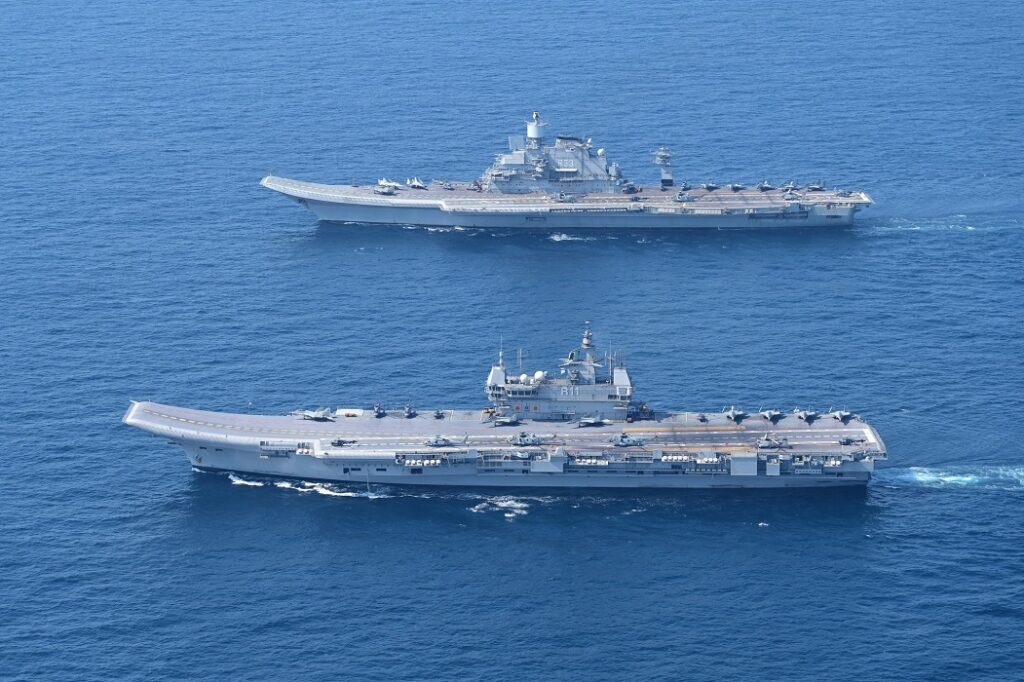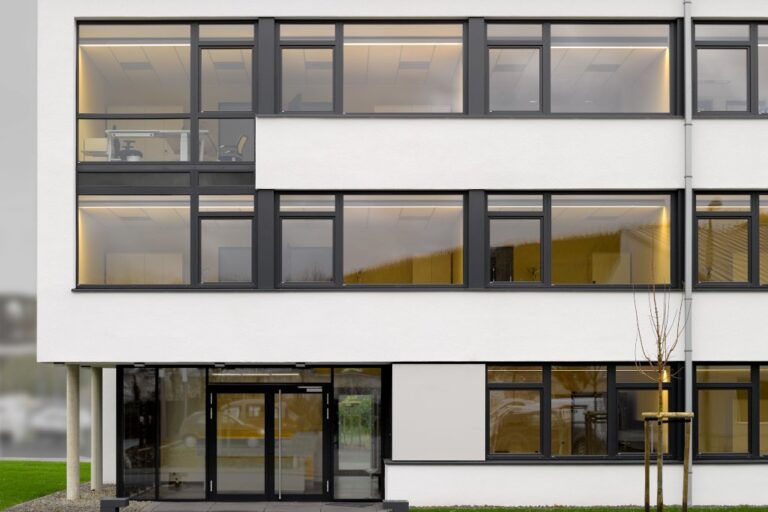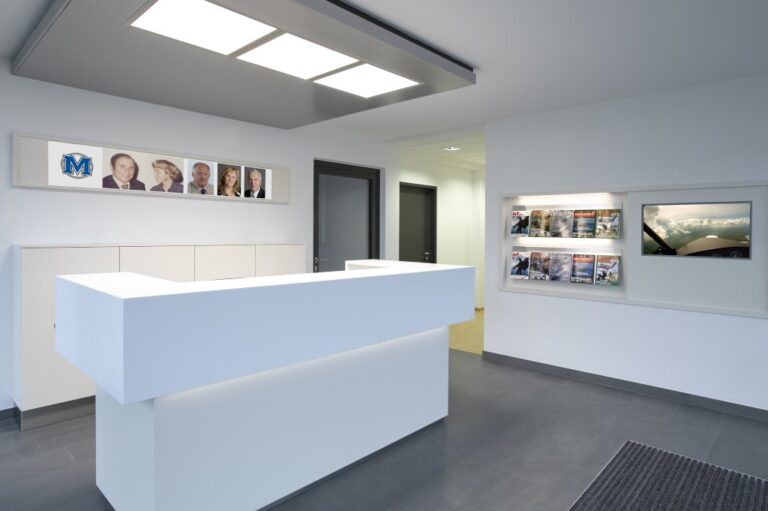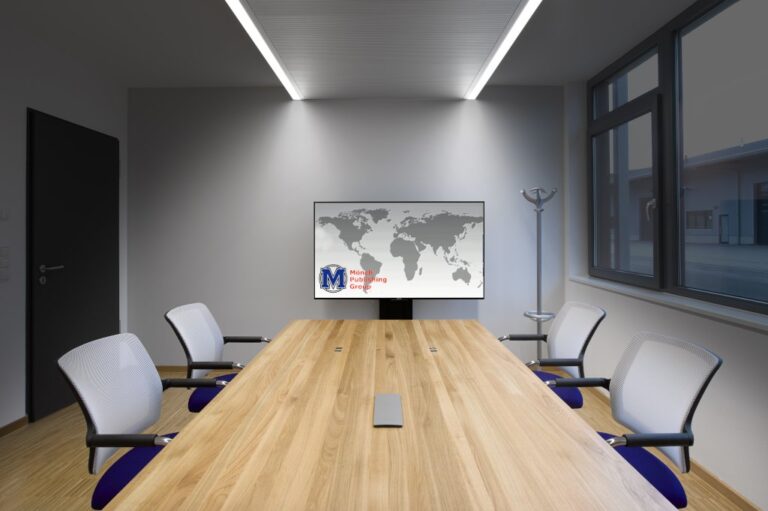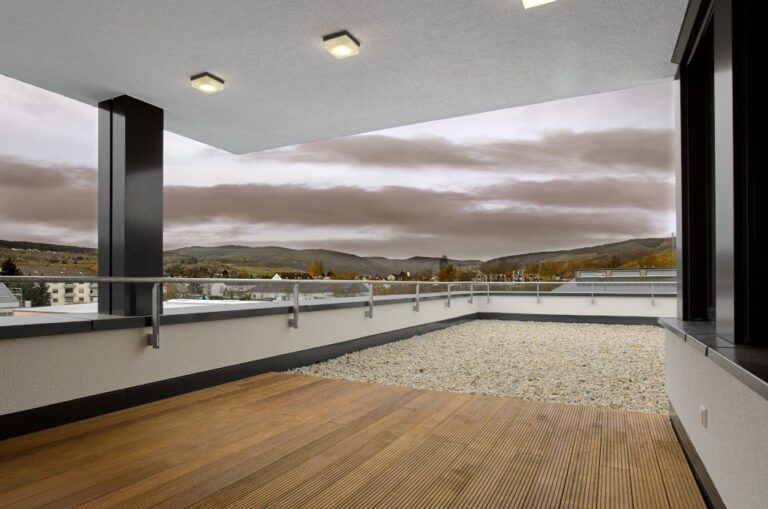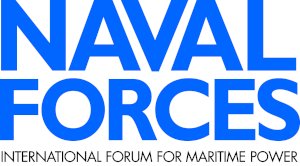Still a long way to sail
Officers from 51 navies who were accorded a tour of the Indian Navy’s INS Vikrant, during last February’s biennial „Milan“ (Multilateral Naval) Exercise held by the Eastern Naval Command, were deeply impressed by India’s first indigenously built aircraft carrier (IAC-1).
Launched at Cochin Shipyard Limited (CSL) on 12 August 2013 and commissioned by Prime Minister Narendra Modi on 2 September 2022, the 43,000-tonne, 262.5m “floating sovereign airfield” with a beam of 62m and height of 59m, including the superstructure, is the largest and most complex warship ever to be designed and built in India. The ship was designed by the Directorate of Naval Design (DND) and constructed at a cost of over US$2.5 billion by CSL, the country’s only defence shipyard that comes under the Ministry of Ports, Shipping and Waterways. Lauded as reflecting the maturing of the capabilities of DND and Indian warship-building, INS Vikrant (R 11) validates India’s entry into the elite clique of nations – comprising the US, China, Russia, the United Kingdom (UK), France, Spain and Italy – with the niche capability to design and build their own aircraft carriers of around 40,000 tonnage. The ship had joined Exercise „Milan“ after completing extensive trials with respect to machinery, sustainability and navigation, including sorties by the Russian all-weather carrier-based multirole fighter aircraft MiG-29K and Ka-31 airborne early warning helicopters, Lockheed Martin’s MH-60R Seahawk multirole helicopter and the indigenous twin-engine Advanced Light Helicopter or ALH-Dhruv utility helicopter developed by Hindustan Aeronautics Limited (HAL), all stabled aboard.
Symbol of indigenous potential
The Indian Navy operated both its carriers, INS Vikrant and the ex-Russian INS Vikramaditya (R 33), as the centrepieces of the „Milan“ exercise to showcase both its naval prowess and its commitment to regional and global collaboration. INS Vikramaditya was originally the Russian carrier Admiral Gorshkov that was decommissioned in 1996. It was bought by India in 2004 and rechristened INS Vikramaditya upon commissioning in 2013 after extensive refurbishing and refitting. INS Vikramaditya serves the Western Naval Command, while INS Vikrant operates under the Eastern Naval Command.
With their air components, aircraft carriers are dominant force multipliers, and INS Vikrant is expected to strengthen the Indian Navy’s offensive and defensive capabilities. However, though it has been two years since INS Vikrant’s commissioning, an Indian Navy officer told the visiting naval leaders at „Milan“ that the carrier will be operationalised “by the second half of this year”. After such operationalisation, the Indian Navy will have two full Carrier Battle Groups (CBG).
Indeed, the Defence Procurement Board (DPB) last November cleared the Indian Navy’s proposal for a second indigenous aircraft carrier (IAC-II), amidst rising concerns over China’s looming presence and increasing forays in the Indian Ocean Region (IOR). The DPB is a key organisation of the defence ministry, and in according in-principle approval to the ambitious proposal underlined the government’s readiness for a second IAC. The IAC-II is envisaged to be a 65,000-tonne carrier with catapult assisted take-off (CATOBAR) capability. Indeed, an Indian Navy delegation had visited the UK in 2019 to consult with BAE Systems on the design and construction processes of the 65,000-tonne HMS Queen Elizabeth that it had built as the largest and most powerful vessel for the Royal Navy.
India’s Parliamentary Standing Committee on Defence too had made a case for a third carrier when it deemed it an “unavoidable requirement to meet any eventualities”, considering the “long coastline and hostile adversaries on both sides of the Indian peninsula.”
India’s 2016 Maritime Security Strategy propounds a force structure focussed on the development of three CBGs, each centred on an aircraft carrier with multi-mission escort and support ships with integral anti-air, anti-surface and anti-submarine warfare capabilities. This entails the development of an operational capability of two Carrier Task Forces (CTFs), each comprising one or more CBGs and other specialist forces to meet the growing requirements of protecting India’s maritime interests. Considered the seventh most powerful navy in the world, the Indian Navy is up against a growing maritime threat from China, whose military modernisation has become the top focus of even US defence planning and budgeting. It is nevertheless an open question whether INS Vikrant will be operationalised at all this year, as it sets sail without its most vital component, an Aviation Facility Complex (AFC), which is meant to be supplied by Russia’s Nevskoe Design Bureau (NDB). The AFC supports the air wing, without which a carrier is little more than a cavernous floating hull. And NDB, which is supplying the AFC, is among the 29 entities from Russia’s defence establishment that had sanctions imposed against them in April 2022 by the US Department of State following Russia’s invasion of Ukraine. India is, however, hopeful of following through on its deal with NDB in the same way it managed to secure a Countering America’s Adversaries Through Sanctions Act (CAATSA) waiver on its US$5.3 billion order for five S-400 Triumf missile defence systems from Russia in 2018. In July 2022, the US House of Representatives legislated on an India-specific waiver under CAATSA by 330 to 99 votes, although it sanctioned Turkey, a NATO member, under CAATSA for the purchase of the same Russian missile defence systems.
India’s industry base
Defence Minister Rajnath Singh proclaims that as much as 76 percent of INS Vikrant is of indigenous content, including the steel used in the construction, and key weapons and sensors. As many as 550 Indian companies, including around 100 micro, small, medium enterprises (MSMEs), had registered with CSL to provide diverse services for this vast project, which provided employment for 2,000 CSL personnel and about 12,000 employees in ancillary industries. The specialty steel came from Steel Authority of India Limited (SAIL) plants in Rourkela, in Odisha, Bokaro, in Jharkhand, and Bhilai, in Chhattisgarh. SAIL also supplied 30,000 tonnes of DMR plates, DMR being medium-strength low-alloy steel that is ideal for naval and defence applications. The main switch board, steering gear and water-tight hatches were manufactured by Larsen and Toubro (L&T) in its plants in Mumbai and Talegaon, the high capacity air-conditioning and refrigeration systems were supplied by Kirloskar’s plants in Pune, most of the pumps were from Best and Crompton, Chennai, the integrated platform management system (IPMS) was produced by Bharat Heavy Engineering Limited (BHEL) and the massive gear box by Elecon in Gujarat. The approximately 2,500km of electrical cables that run through the carrier have been supplied by Nicco Corporation Limited of Kolkata, where the ship’s anchor chain cable has also been manufactured.
Designed with a high degree of automation for machinery operations, ship navigation and survivability, the carrier has a maximum designed speed of 28 knots, cruising speed of 18 knots and endurance of 7,500nm (nautical miles) or 13,890 kilometres. It has 14 decks, including five in the superstructure, and over 2,300 compartments, designed for a crew of around 1,700, including specialised cabins for woman officers. With this aircraft carrier, Indian yards will have indigenously built almost all types of naval platforms, including strategic projects like the nuclear missile-tracking Ocean Surveillance Ship (OSS) and the Technology Demonstrator Vessel (TDV) for the Defence R&D Organisation (DRDO).
Building Vikrant has not been easy
In reality, as with most military projects in India, the Vikrant too has had a tortuous chronology that delayed its commissioning by over seven years. Over 75 percent of Vikrant was erected by 2013, within four years of the keel being laid in 2009, but the remaining 25 percent took nine years after the Modi government came to power in 2014. Project approval for construction of an IAC had been accorded by the Cabinet Committee on Security in 1999, with revisions in 2002 and 2014. The hull was floated out of its dry dock in 2011.
The Indian Navy website records the vessel’s launch, and christening, in August 2013 by Elizabeth Antony, the wife of then Defence Minister A.K. Antony of the Congress-ruled government, ‘Vikrant’ meaning ‘mighty’ or ‘courageous’ in Sanskrit. The Navy’s 2013 report mentions, “At the launch, marking the end of Phase-I of the project, the imposing ramp of the [then] 37,500-tonne short take-off but assisted recovery [STOBAR] carrier boasted the indigenous design and build capabilities of the country.” It adds: “The ship has attained its designed length of about 260m and is almost at its maximum breadth of 60 metres. The main landing strip is ready. Over 80 percent of the structure, containing about 2,300 compartments, has been fabricated, over 75 percent has been erected, all the major machinery, such as the two LM2500 gas turbines, developing a total power of 80MW, the diesel alternators, capable of producing about 24MW, and the main gear-box have been fitted.”
The General Electric LM2500 gas turbine is a simple-cycle, two-shaft, high-performance engine trusted by 33 navies worldwide.
Describing the occasion as a ‘momentous’ one, Antony had said, “It is indeed a proud moment for the country to witness our efforts at achieving self-reliance in the field of warship design and construction, as only a very few advanced countries in the world possess the capability to design and build aircraft carriers.”
In its 2016 construction audit report, the Comptroller and Auditor General (CAG) noted, “There is continuing disagreement over project timelines between the Indian Navy and CSL, with realistic dates for delivery yet to be worked out.” It added, “Neither the Ministry [Ministry of Defence] nor the shipyard could assess the physical state of construction of the ship as the Ministry failed to incorporate essential formats for progress reporting in the contracts.”
Then Indian Navy Vice Chief, Vice Admiral S.N. Ghormade, who superannuated in March 2023, had told reporters:“We designed the Vikrant for operating the MiG-29K, but we would ultimately deploy the indigenous TEDBF [Twin-Engine Deck-Based Fighter] for which we are working with DRDO [Defence Research and Development Organisation]. For the interim, we are looking at Rafale and F/A-18 aircraft, and trials have been carried out.”
Evaluating, testing and selecting the aircraft, and then training our naval aviators for them, will be a lengthy process, he added.
Momentum in a critical era
India is disquieted by the developments in the Chinese Navy, where the People’s Liberation Army Navy (PLAN) has emerging as numerically the largest in the world, its 360 battle force ships outnumbering the US Navy’s 297. India has 130 ships and submarines, with 39 more vessels under construction. China’s third aircraft carrier, Fujian, recently successfully completed its eight-day maiden sea trials. Fujian is an 80,000-tonne supercarrier with electromagnetic catapults for launching aircraft, making China the second country after the US to field a supercarrier with this technology. Fujian joins China’s two operational carriers – the Soviet-designed Kuznetsov class carrier Liaoning (16) bought in 1998 and commissioned in 2012, and Shandong (17), based on Liaoning and both displacing 60,000 to 70,000 tonnes full load. Fujian is China’s first aircraft carrier with a fully indigenous design. Shandong took only two years between launch, in April 2017, and commissioning, in December 2019.
China has besides been fortifying the Pakistan Navy as well, building and delivering four technologically advanced Type 054 A/P (Jiangkai II class) frigates, and helping Pakistan build and acquire eight Hangor class submarines. Four of the submarines are being built in Pakistan, and the remaining four in China, all of them expected to be delivered by 2028.
PLAN’s fourth aircraft carrier is likely to be a CVN (Carrier, Aircraft, Nuclear), and a Washington-based ‘think tank’, Center for Strategic and Budgetary Assessments, reported that PLAN possesses the resources to field up to five aircraft carriers and ten nuclear ballistic missile submarines by 2030.
India was the first country in Asia to operate an aircraft carrier when it acquired the 19,500-tonne INS Vikrant (former HMS Hercules, and the forebear of the present Vikrant) from Britain in 1961. This was followed by the procurement of the 28,700-tonne INS Viraat (former HMS Hermes), also from Britain, in 1987. INS Vikrant was decommissioned in 1997, and INS Viraat, in 2017. Both became the world’s oldest operational carriers, the hull of Vikrant having been laid down in 1943 and launched in 1945 and of Viraat, in 1944, but not launched until 1953. Vikrant also played a historic role when it spearheaded the navy’s stupendous expedition in the Bay of Bengal during the 1971 Indo-Pakistan war.
Sarosh Bana is executive editor of Business India in Mumbai, and India Correspondent of Sydney-based cyber security journal, Asia Pacific Security Magazine (APSM). He concentrates on defence and security, cyber security, foreign affairs, policy, strategy, space, power and energy and environmental issues. Sarosh studied in India, Switzerland and Germany, and has been member of the Board of the East-West Centre (EWC) association, a Hawaii-based think tank.
